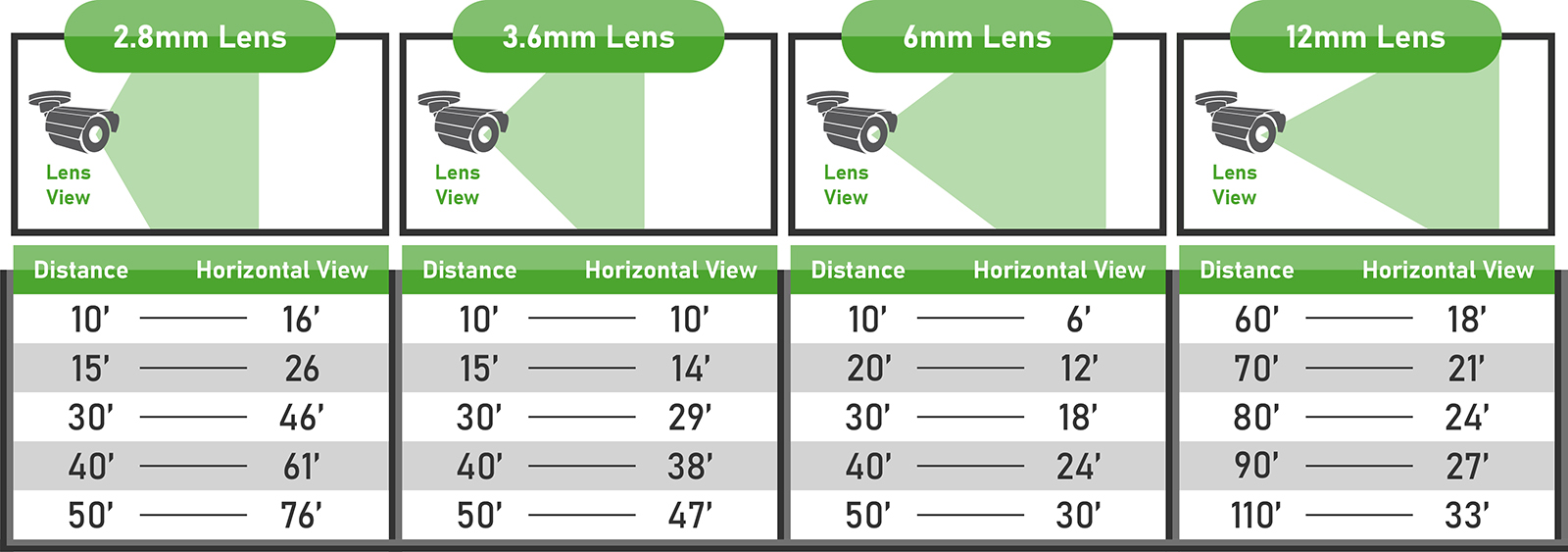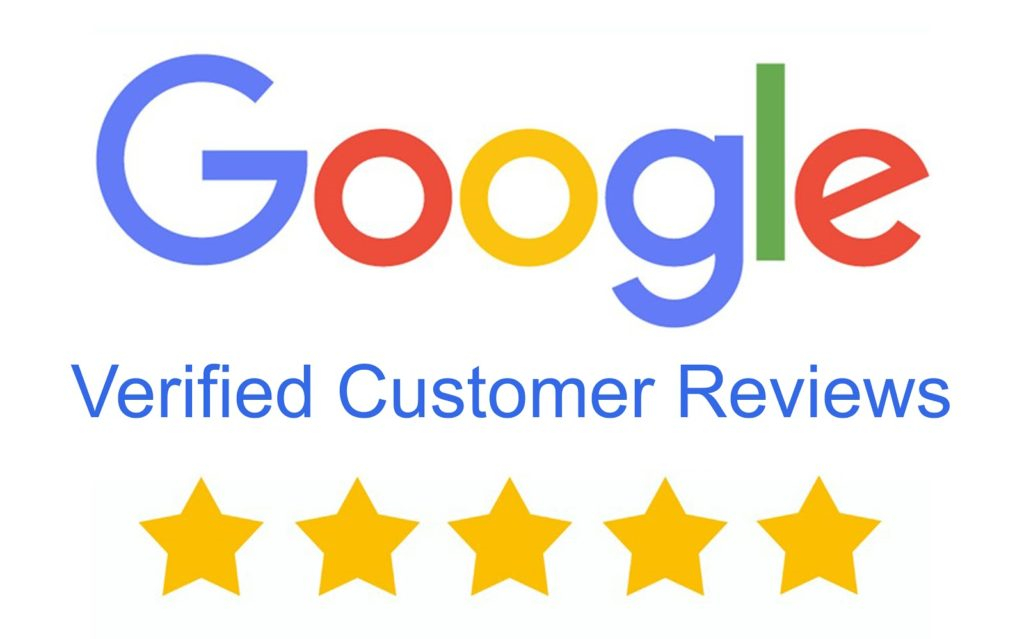
How to Capture License Plates with Security Cameras
One of the most common requests our customers have is the ability to identify vehicles on or near their property. This can be achieved if you follow the rules and recommendations we detail below. It is important that you follow them, simply because capturing a license plate is one of the most challenging tasks a video surveillance system is asked to do. In fact, it is much easier to get facial recognition than it is to capture a license plate. The advice below will help produce the desired results.
- Speed of the Car
The average speed that vehicles will be traveling is an important factor to consider when selecting the camera. It is best to select a targeted area that requires the car to reduce its speed as much as possible. If the car is traveling faster than 20mph, you will require a specialty license plate camera that has the ability to adjust shutter speeds so that the image does not blur. If the vehicle is traveling under 20mph, the task becomes much easier.
All of our ProVue IP cameras have the ability to increase the shutter speed. This is needed if you plan on capturing plates at speeds above 20mph, for best performance increase the shutter speed as the vehicles speed increases. This will increase the clarity of any object at high speed.
- Camera Location
The location of the camera to the car's path is very important. If the camera is placed at too much of an angle from the plate's path, it will not produce the desired results. The best location for a camera is one that allows the camera to view the plate perpendicularly (as close to straight on as possible). The easy way to test the camera location is to simply park a car at the location you plan to capture plates, and then stand at the camera location. If you can clearly read the plate, the location should work.

- Dedicated Camera
The most common mistake made is to ask one camera to do the work of two or three. Often a customer will expect their camera to simultaneously view their driveway, see a person's face in a car and read the license plate. This is not possible. Each one of these tasks requires a different field of view (or focal length). Usually the camera is set to a wide viewing angle to see as much as possible, completely eliminating the ability to capture the detail needed to read a license plate. So here is the Golden Rule: One camera must be dedicated to ONLY reading license plates! This will allow you to adjust the field of view specifically for this task, assuring success.
- Glare
At night, cameras have the difficult job of balancing between the darkness and the intense lights of an oncoming car. The solution for capturing plates at night is to have the ability to adjust the cameras built-in WDR (Wide Dynamic Range), backlighting and image options. The cameras have backlighting adjustments which eliminates the glare. Most HD cameras can easily capture plates during the day, but there is no guarantee of successfully capturing plates at night. As the example below shows, the camera with back lighting eliminates the glare but the HD camera does not.

- Selecting the Right Camera
There are two distances that matter when choosing the right camera for your application:
A) The distance from the camera location to the location you expect to capture the plate
B) The horizontal viewing distance at the location of the plate

Both distances can be accommodated by using a camera with a manual or motorized zoom lens. The manual zoom allows you to mount the camera and then zoom the camera's field of view in or out until the maximum horizontal distance is achieved.
As the chart below indicates, using a 2.8 to 12mm lens will allow you to mount the camera 60 feet away from the plate location and still achieve a horizontal field of view of 18 feet.
The maximum horizontal distance recommended is a function of which technology you are using. This is because each technology records in different resolutions. For example, the old technologies, such as analog CCTV, produce a very low resolution, requiring you to have a very small horizontal field of view as the chart below indicates. Using our new HD technologies, a much wider horizontal field of view can be utilized and still capture clear images of license plates.
Based on this information, we recommend the following maximum viewing distances. You may be able to have larger horizontal viewing distances and still capture plates, but the guide below is safe and reliable. Each application is different and the environment may favor larger distances.
The following MAXIMUM horizontal distances should be followed for best performance:

Thank you for contributing!
We would love to hear your point of view, thoughts or comments. Post a reply below or share this post on social media, then send us a link to the post - sales@backstreetsurveillance.com. We'll send you a special discount code giving you maximum savings at checkout. As always, your email is protected and only used to send the discount code.




